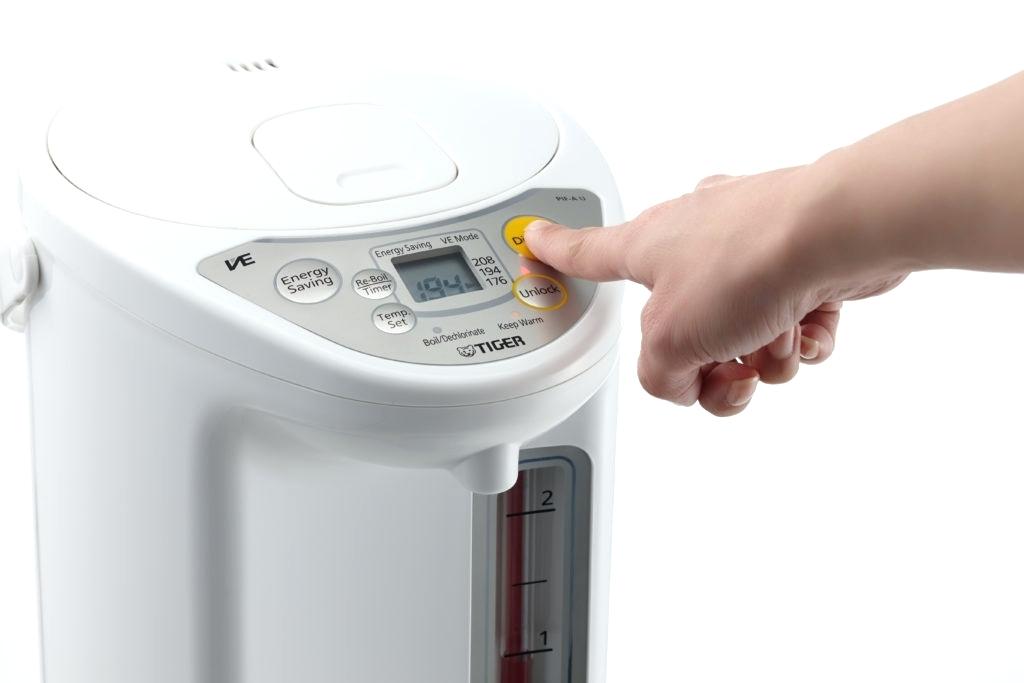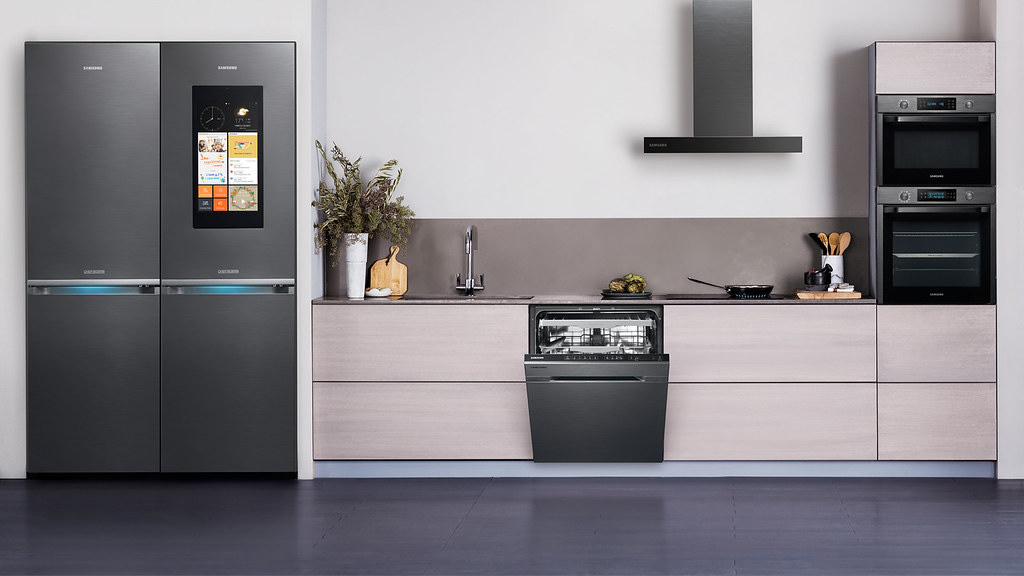What are the tips for kitchen organization and storage?
The kitchen decoration should be adjusted accordingly for different kitchen utensils. The storage of the kitchen should also be seated and given different storage methods.
Regarding the maintenance of clean kitchen utensils such as dishwashing liquid, sponges, steel brushes, etc., focus on the smoothness of the entire moving line and the physical principles of easy moisture.
The arrangement of adding metal baskets in front and on the sides of the sink is the best, and it can also be planned. Shelf or side pull basket in the lower cabinet door.
The taller cabinet with a larger size can store large cleaning tools such as mops, brooms, vacuum cleaners, buckets, and other household items.
Let’s take a look at the classification and storage methods of kitchen utensils with the editor.
Category 1: Heavyweight large pots
Storage location and form: drawer cabinet under the kitchen utensils, corner revolving cabinet (swivel-shaped monster hardware), open shelf
The common stew pots and woks in the home are large and heavy, so they are best placed in the lower cabinet area of the kitchenware storage system.
Since the vertical distance between the top and bottom is the shortest, the operation is easy and saves working time.
In addition, pots and utensils with a lower usage rate can be used to make full use of non-main moving lines, such as the corners of kitchen utensils.
Some drawers are also planned for detailed compartments or digging and caulking to facilitate the storage of pot lids.
There is also an open shelf under the countertop for storing pots and lids together, taking into account the effect of ventilation and drying.
Category 2: A wide variety of spatulas and cooking supplies
Storage location and form: wall hanging rod, hanger, countertop storage compartment
Use the middle wall to add a hook or a horizontal hanger to hang a spatula, soup scoop, paper towel, aluminum foil, or plastic wrap of different sizes, which are arranged in a row for easier access.
The design of the wall hanger has more diversified storage directions, including the advantages of fixed recipe placement and easy page-turning, cutting board draining, and storage of bottles and jars of condiments.
In addition, a 20cm-deep storage compartment is added to the inside of the kitchen countertop, which can be combined to place small cutting boards, drain trays, and seasoning boxes according to needs.
Category 3: Dishes of fragile materials
Storage location and form: lower cabinet drawer, upper wall cabinet, and open shelf
The arrangement of tableware is more flexible and suitable for both upper and lower cabinets.
However, it is still recommended to store porcelain materials or large plates and bowls in the lower cabinet of kitchenware to avoid the risk of breakage due to unstable handling.
The drawer form has a larger capacity and can be adjusted freely to fix the movable round stick socket in the cabinet according to the shape and size of different tableware.
On the other hand, as the styles of tableware and cups of various households become more and more design-oriented, you may wish to place them in the wall cabinet above, and match them with open shelves or transparent kitchenware doors to achieve a balance between storage and storage.
Show the beautiful functions of the collection, increase the visibility and design texture of the kitchen.
Category 4: Highly dangerous knives and dining utensils
Storage location and form: knife box at the bottom of the table, knife holder on the middle wall, and the first drawer under the table
Cooking knife sets with various functions are essential tools in the kitchen, especially because of the use of easy to cause danger, special attention must be paid to the storage.
Usually divided into special drawers and countertop and hidden wall knife holder box designs. An integrated cutting board storage rack will also be added.
Divided and diversified dining utensils such as knives, forks, chopsticks, and spoons are placed in separate storage boxes in drawers.
Imported kitchen utensils will even tailor the detailed storage specifications for famous brand appliances, and they are made of soft materials such as velvet to give the best protection to delicate food utensils.
Category 5: Desktop small appliances
Storage location and form: movable aluminum shutter or electric glass door countertop cabinet, sink basket, independent tall cabinet
Kitchens always have small appliances such as electric cookers, dishwashers, coffee makers, toasters, fruit and vegetable juicers, etc., because they involve electricity planning of wiring and pipelines, they usually must be placed in a planned power jack kitchenware countertops or cabinets.
Some kitchenware manufacturers will design a movable aluminum shutter or electric glass door to cover home appliances and solve the problem of oily smoke contamination, paying attention to the overall sense of the kitchen.
Category 6: Rich and delicious fruits and vegetables and dry food
Storage location and form: upper shelf, wall cabinet, side rattan pull basket, open wine cabinet, corner rotating cabinet, tall cabinet
Vegetables and fruits that do not need to be placed in the refrigerator are instead placed in open cabinets and shelves as decoration.
As for country-style kitchen utensils, due to early design reasons, they will often plan to place fruits and vegetables in rattan baskets.
For dry foods such as cans, biscuits, flour, and alcohol, the most suitable storage place is a large-capacity tall cabinet.
Whether it is a shelf or a hardware pull basket, it can be combined according to usage habits and decoration budget.
Category 7: Garbage kitchen waste and cleaning tools
Storage location and form: drawers under the sink or under the countertop sink baskets
The most common place to produce trash in households is the kitchen, especially the popular open kitchen, which is more related to the sanitation of the entire home environment.
If you want to have a clean kitchen space, the disposal of trash and the positioning of the trash can are the focus. The location of the trash can is best adjacent to the sink and the space should not be too small.
Therefore, the drawer under the kitchen sink is usually planned as a garbage sorting bin, which can store plastic bags, bottles, cans, cartons, peels, and vegetables.
Some manufacturers even directly arrange part of the countertop as a garbage disposal entrance and open the cover to discard the garbage.
If the budget is sufficient, you can even consider the equipment of a Japanese food waste processor to decompose the food waste into organic matter and directly use it as the planting soil, which is a very environmentally conscious design.
Regarding the cleaning utensils such as dishwashing liquid, sponges, steel brushes, etc., to maintain the cleanliness of the kitchen, the smoothness of the entire movement line and the physical principles of easy humidity are emphasized.
The arrangement of adding metal baskets in front and on the side of the sink is the best. Plan the shelf or side pull basket in the lower cabinet door.
The taller cabinet with a larger size can store large cleaning tools such as mops, brooms, vacuum cleaners, buckets, and other household items.



0 Comments